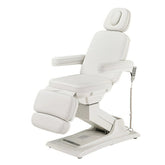How to Massage Like a Pro
Performing a soothing massage can be a wonderful way to help your loved ones unwind and de-stress. Whether you’re a beginner or have some experience, here’s a detailed guide on how to perform a relaxing massage for someone you care about.
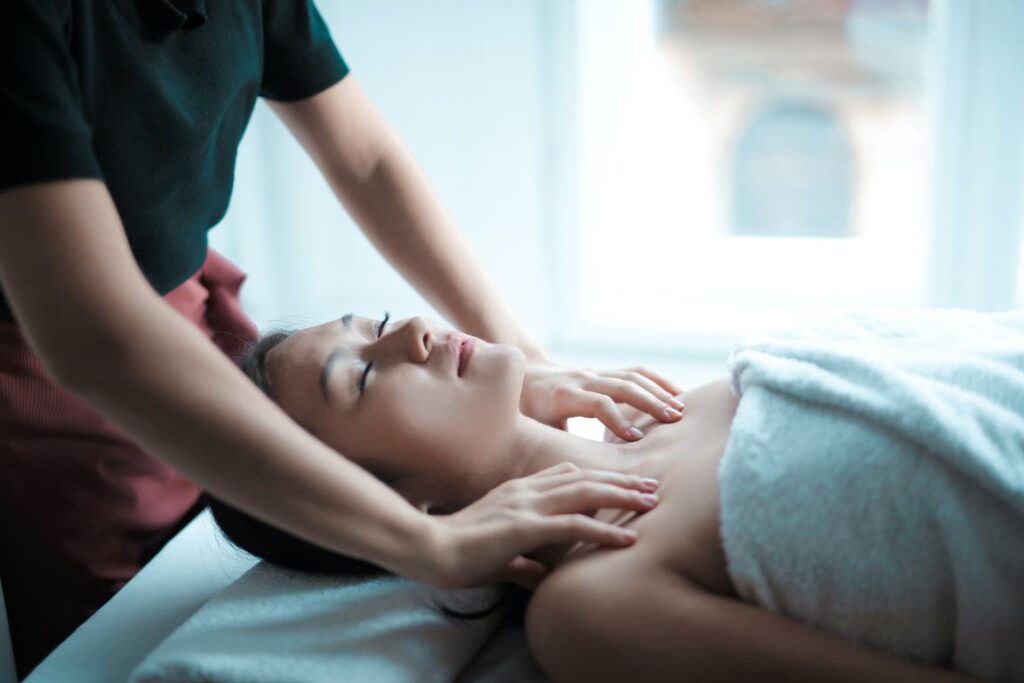
1. Prepare the Space
Start by creating a calm and comfortable atmosphere. Clear the area of any clutter, and dim the lights to set a relaxing mood. Lay out a clean towel or sheet for the person to lie on.
2. Gather Supplies
Gather massage supplies like massage oil or lotion, a towel to cover the person, and maybe some soothing background music to enhance the experience.
3. Communicate
Before you begin, communicate with the person you’re massaging. Ask about their preferences and any specific areas they’d like you to focus on or avoid.
4. Begin with Effleurage
Effleurage is a gentle gliding stroke that helps warm up the muscles. Start with long, smooth strokes using your palms and fingers, moving from the neck down to the lower back and limbs.
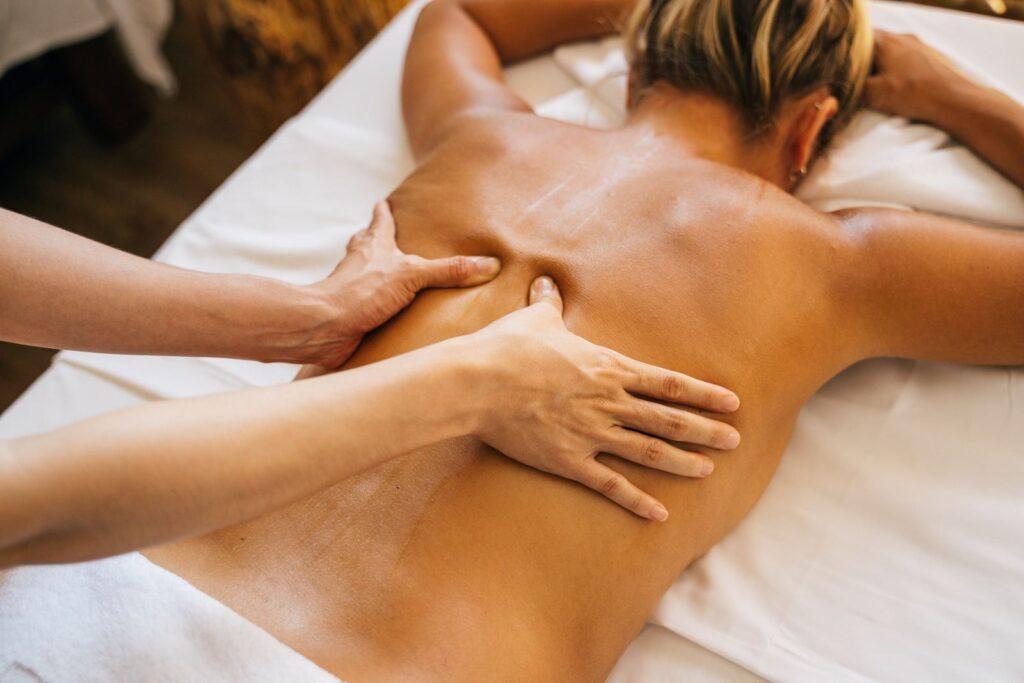
5. Work on Knots and Tension
If you feel knots or tension in the muscles, use kneading motions with your fingers and thumbs to gently massage and release the tightness.
6. Apply Pressure Gradually
Apply pressure gradually and ask for feedback to ensure it’s comfortable for the person. You can use your body weight to increase pressure as needed.
7. Focus on the Neck and Shoulders
The neck and shoulders are common areas for tension. Use circular motions and gentle kneading to alleviate stiffness and stress in these regions.
8. Work on the Back
Move down to the back, using your palms to apply firm but gentle pressure in long strokes. Pay extra attention to any areas that feel tight.
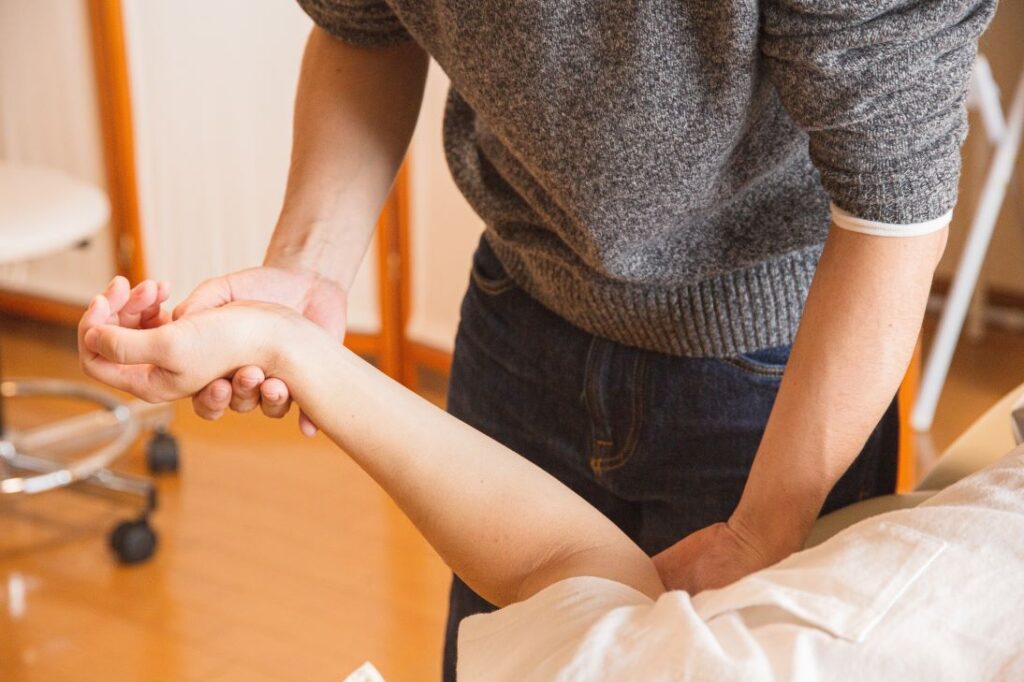
9. Don’t Forget the Arms and Hands
Massage the arms and hands using your fingers and thumbs. This can relieve tension and promote relaxation.
10. Address the Legs and Feet
Continue the massage down to the legs and feet. Use your hands to knead the calf muscles and apply gentle pressure to the feet.
11. Finish with Effleurage
To conclude the massage, finish with another round of effleurage strokes. This helps to transition the person back to a state of relaxation.
12. Encourage Hydration
After the massage, encourage the person to drink water to help flush out toxins released during the massage.
13. Offer Time to Relax
Allow the person some time to relax after the massage. Offer a warm towel or blanket for added comfort.
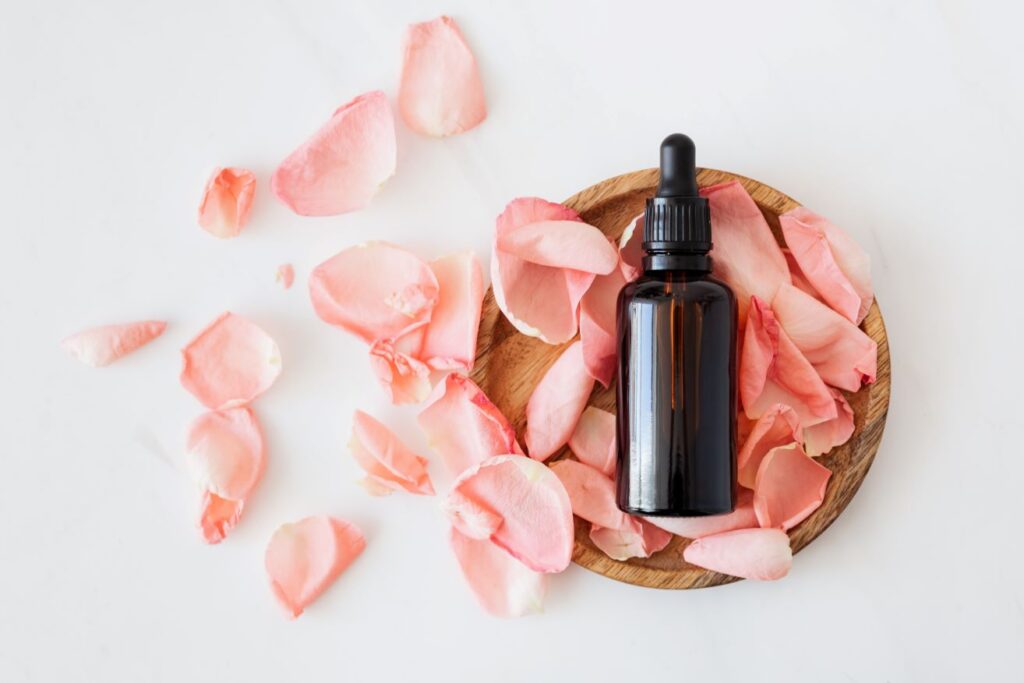
14. Be Mindful of Allergies
If you’re using massage oil or lotion, make sure it’s hypoallergenic or ask about any allergies the person may have.
15. Practice and Patience
Remember that massage is a skill that improves with practice. Be patient with yourself and receptive to feedback to enhance your technique.
In conclusion, giving a relaxing massage is a wonderful way to show care and promote well-being. By creating a tranquil atmosphere, using gentle and gradual pressure, and paying attention to the person’s preferences, you can offer a soothing and rejuvenating experience that helps them unwind and destress. With practice and a caring touch, you can become a skilled masseur or masseuse for your loved ones.


